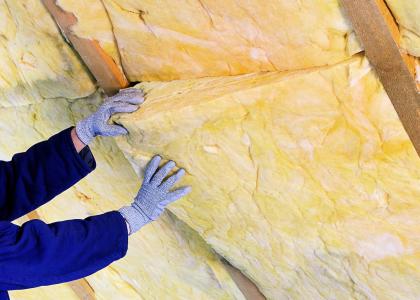Of the total spending on residential energy efficiency programs in 2014, 18% of electric efficiency expenditures and 34% of natural gas efficiency spending went toward low-income programs. Particularly for electricity expenditures, there is a need for more equitable spending on efficiency programs targeted to low-income households, which make up roughly 33% of the population nationally. This report addresses the key questions and challenges around low-income programs for single-family homes. It draws from a range of programs to provide recommendations for increasing the savings and reach of efficiency programming in this sector. We detail practices that program administrators are using to overcome challenges, and we explore strategies to use underutilized technologies and measures to realize greater savings.




